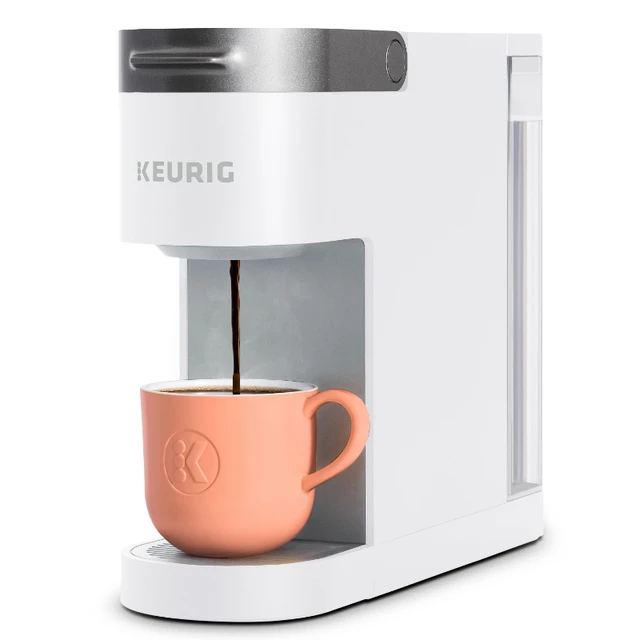
Introduction
Regular descaling is essential for the optimal performance and longevity of your Keurig coffee maker. Over time, mineral deposits from water, known as scale or limescale, can build up inside the machine, affecting its efficiency and the taste of your brewed coffee. In this comprehensive guide, we will explore various methods for descaling your Keurig coffee maker, discuss the importance of descaling, provide step-by-step instructions, and share tips for maintaining a scale-free brewing experience. Let’s dive into the world of descaling and ensure the deliciousness of every cup of coffee.
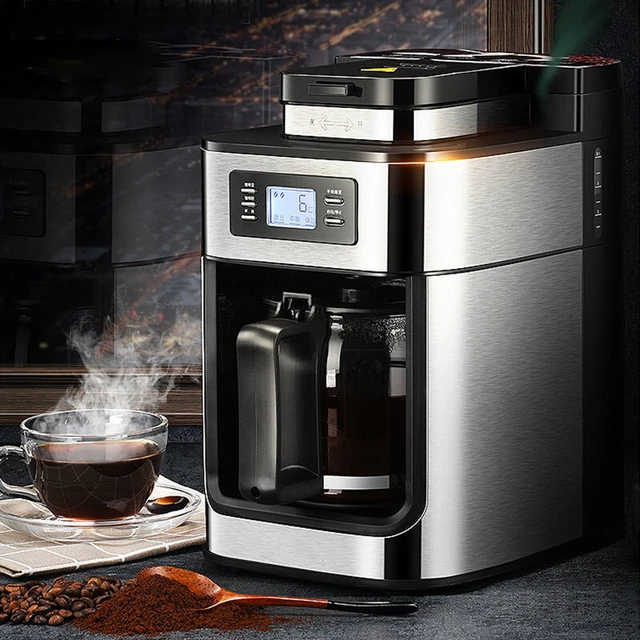
Scale-Free Brewing: Descaling Your Keurig Coffee Maker
I. Understanding the Importance of Descaling
-
Scale Buildup Impact:
- Scale buildup can clog the water reservoir, impede water flow, and affect the temperature and brewing process. This can lead to issues such as incomplete brewing, slow brewing, or even machine malfunction.
-
Taste and Aroma:
- Descaling ensures the removal of mineral deposits that can negatively impact the taste and aroma of your coffee. Regular descaling helps maintain the true flavor profile of your brewed beverages.
-
Prolonging Appliance Lifespan:
- Proper descaling enhances the longevity of your Keurig coffee maker by reducing the strain on internal components and preventing potential damage caused by scale buildup.
II. Determining Your Descale Frequency
-
Water Hardness:
- The hardness of your water supply influences how quickly scale accumulates in your coffee maker. Refer to your local water provider or use water testing kits to determine the hardness of your water.
-
Manufacturer’s Recommendations:
- Check the user manual or the manufacturer’s website for specific descaling guidelines and recommended descale frequency for your Keurig coffee maker model.
-
Descale Indicators:
- Some Keurig models have descale indicators that illuminate or display a notification when it’s time to descale the machine. Follow the indications provided by the machine to ensure timely descaling.
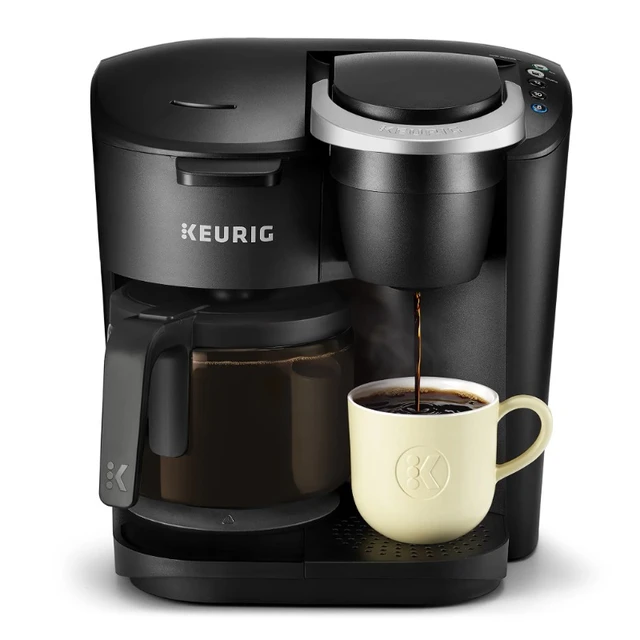
III. Selecting a Descale Solution
-
Manufacturer-Recommended Solutions:
- Keurig offers descaling solutions specifically designed for their coffee makers. These solutions are formulated to effectively remove scale buildup and ensure the best performance of the machine.
-
DIY Descaling Solutions:
- You can also make a descaling solution at home using white vinegar or citric acid. These natural alternatives can be just as effective in descaling your Keurig coffee maker.
IV. Descaling Step-by-Step Guide
-
Empty and Clean the Water Reservoir:
- Start by emptying the water reservoir and removing any water filters or cartridges, if applicable. Discard any remaining water and clean the reservoir using warm, soapy water and a gentle brush or sponge. Rinse thoroughly.
-
Prepare the Descale Solution:
- Follow the instructions provided with the manufacturer-recommended descaling solution or measure the DIY descaling solution. Mix the solution with the appropriate amount of clean water, ensuring the solution ratio is as recommended.
-
Fill the Water Reservoir:
- Pour the descale solution into the water reservoir of your Keurig coffee maker. Fill the reservoir to the maximum capacity indicated. Do not exceed the maximum fill line.
-
Start the Brewing Cycle:
- Place a large ceramic mug or a cup on the drip tray of the machine. Start a brewing cycle without inserting a K-Cup pod. Select the largest brew size available to maximize the descaling effectiveness.
-
Complete the Descaling Process:
- Allow the machine to fully complete the brewing cycle, which involves heating and dispensing the descale solution. Depending on your Keurig model, this process may take several minutes. Do not interrupt it.
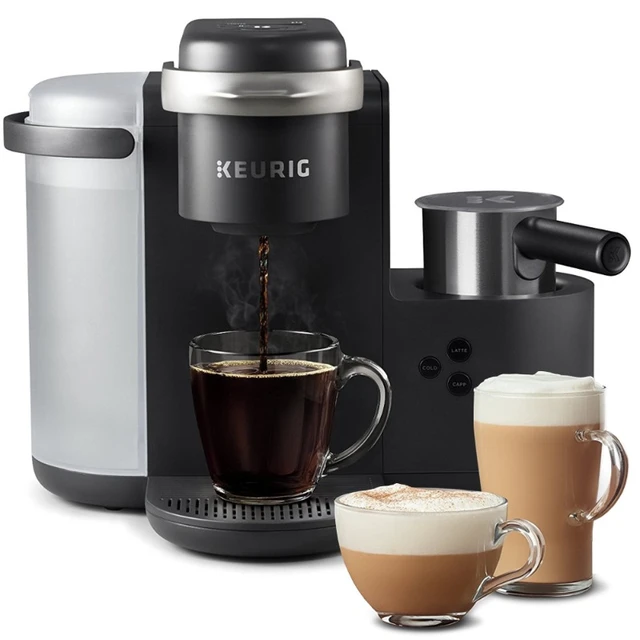
-
Discard the Solution and Rinse:
- After the brewing cycle is complete, carefully remove the mug and discard the descale solution. Rinse the mug thoroughly, and then place it back onto the drip tray.
-
Rinse the Water Reservoir:
- Rinse the water reservoir with clean water several times to remove any traces of the descale solution. This ensures that there won’t be any residual taste or odor in your brewed beverages.
-
Repeat the Rinse Cycle:
- Fill the water reservoir with fresh water and start a brewing cycle without a K-Cup pod. Repeat this process multiple times to thoroughly rinse the internal components of the coffee maker.
-
Clean External Parts:
- While descaling the internal components, take the opportunity to wipe down the external surfaces of your Keurig coffee maker using a damp cloth or sponge. Ensure the machine is unplugged during this process.
V. Tips for Ongoing Maintenance
-
Regular Water Reservoir Cleaning:
- To prevent bacterial growth and maintain the cleanliness of your coffee maker, clean the water reservoir regularly with warm, soapy water. Rinse it thoroughly before refilling.
-
Change Water Frequently:
- For optimal taste and quality, avoid using stagnant water that has been sitting in the water reservoir for an extended period. Always use fresh water when brewing your beverages.
-
Remove and Clean Removable Parts:
- Depending on your Keurig model, there may be removable parts such as drip trays and K-Cup holders. Regularly remove them and clean them with warm, soapy water to prevent debris buildup.
-
Check and Replace Water Filters:
- If your Keurig coffee maker is equipped with a water filter, follow the manufacturer’s recommendations for checking and replacing the filters regularly. This helps maintain the quality of your brewed beverages.
-
Follow Descale Frequency Guidelines:
- Adhere to the descale frequency guidelines provided by the manufacturer for your specific Keurig model. Regular descaling, even if not indicated by a descale indicator, helps ensure optimal performance.
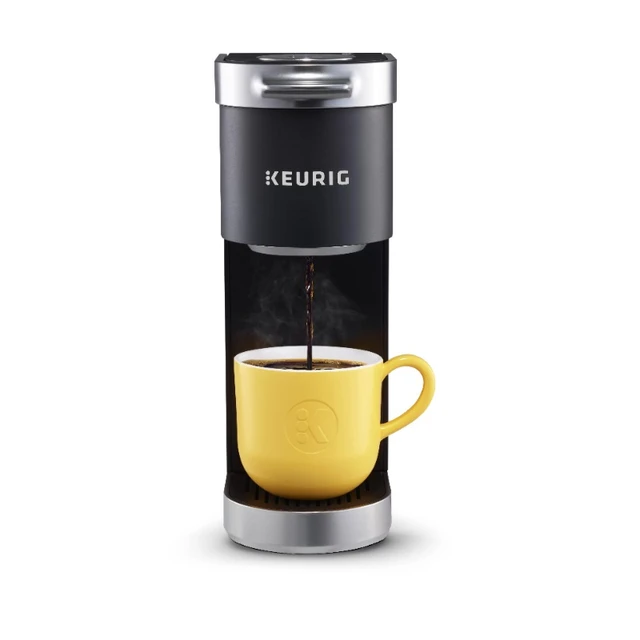
VI. Troubleshooting and Additional Considerations
-
Keurig Error Messages:
- If your Keurig displays error messages related to scale or descaling, consult the user manual or Keurig’s customer support for guidance on troubleshooting and addressing the issue.
-
Vinegar Odor Removal:
- If you experience residual vinegar odor after descaling with vinegar, run additional brewing cycles with fresh water to minimize and eliminate the scent.
-
Water Hardness Management:
- If you live in an area with particularly hard water, consider using a water filter, either in the coffee maker or at the point of water entry into your home, to reduce the scale buildup.
-
Follow Manufacturer Instructions:
- Always refer to the manufacturer’s instructions and guidelines for descaling, as different Keurig models may have specific steps or requirements.
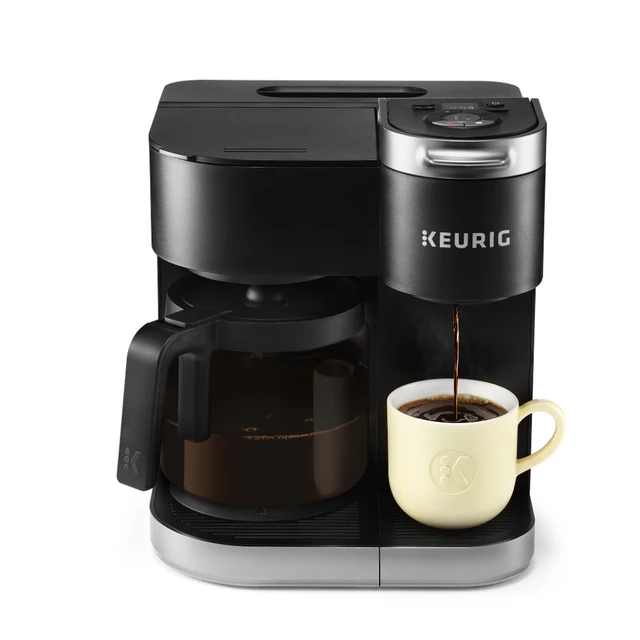
VII. Conclusion: Scale-Free Brewing Delight
Descaling your Keurig coffee maker is essential to ensure the longevity of the machine and the quality of your brews. By understanding why descaling is important, selecting the right descale solution, following the step-by-step guide for descaling, and maintaining ongoing maintenance, you can enjoy scale-free brewing and consistently delicious cups of coffee.
Remember to regularly check for descale indicators, consider water hardness in your area, and adhere to the manufacturer’s recommendations for descaling frequency. Embrace the process of descaling as an integral part of your coffee-making routine and relish the flavorful results it yields.